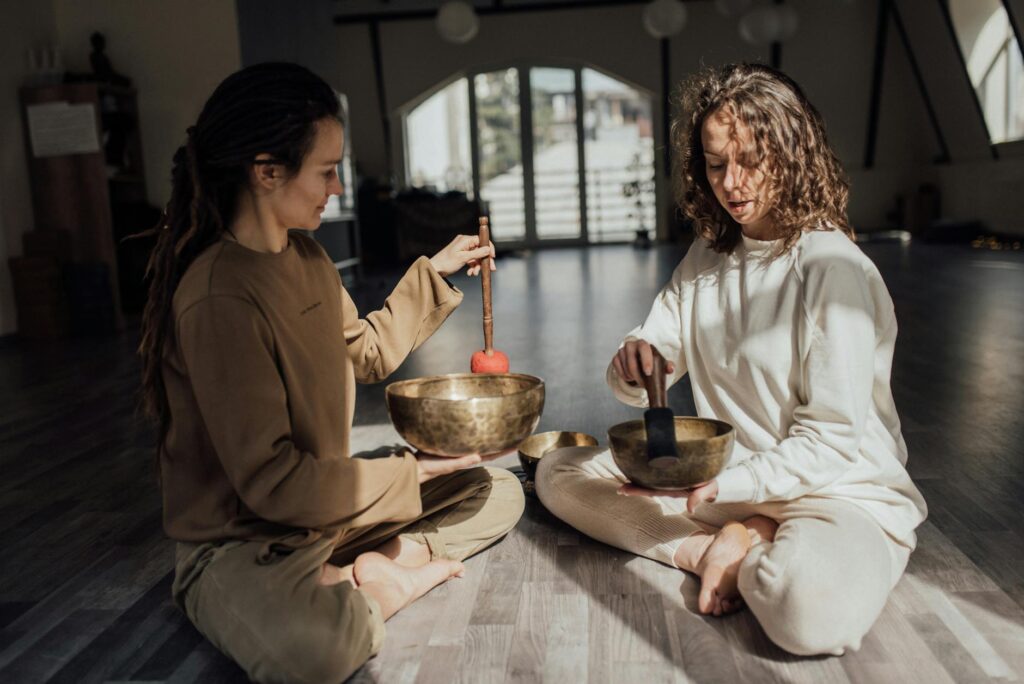What is art therapy methods?

What is art therapy methods?
Art therapy has gained popularity in recent years, emerging as a powerful tool for personal expression and healing. This method combines the creative process of making art with psychotherapy to improve mental health and emotional well-being. With more people recognizing the importance of mental health, the rising interest in various art therapy methods is no surprise.
Understanding the diverse techniques available offers insights into how art therapy can serve individuals in many aspects of life. Whether you’re looking for a way to express your feelings or seeking a path to healing, art therapy might be an invaluable resource.
Understanding Art Therapy
Art therapy is a therapeutic approach that uses artistic expression as a means of communication and healing. It allows individuals to explore their emotions, cope with challenges, and promote wellness through creative activities.
Definition and Purpose of Art Therapy
Art therapy involves working with a trained therapist who guides clients in expressing themselves through art. The primary goals include fostering personal expression, enhancing emotional awareness, and facilitating healing. Art therapy isn’t just about producing beautiful pieces; it’s about the process of creating, which can lead to profound insights and personal growth.
For more in-depth information about the purpose of art therapy, you can check out resources from Verywell Mind.
The Psychology Behind Art Therapy
The act of creating art engages the mind and body, tapping into emotions that may be difficult to articulate verbally. When individuals create, they often enter a state of flow, which can reduce anxiety and improve overall mental health. The psychological benefits arise from the combination of creativity and self-exploration, leading to improved emotional expression and a greater sense of self-awareness.
Different Art Therapy Methods
Art therapy encompasses various methods, each tailored to meet the unique needs of individuals. Let’s explore some popular art therapy techniques that can significantly impact personal growth and emotional health.
Visual Art Techniques
Visual art techniques, such as drawing, painting, and sculpting, serve as fundamental methods for therapeutic expression. Clients might be encouraged to use different mediums to explore their feelings. For instance, they could draw their emotions or paint their experiences, which can be a liberating way to communicate internal struggles.

Photo by Arina Krasnikova
Dance and Movement Therapy
Movement is another powerful form of art therapy. Dance and movement therapy encourage individuals to express emotions through physical motion. This method enhances emotional expression and promotes physical well-being. For many, dancing can unlock emotions that words cannot convey, providing a unique avenue for healing.
Music Therapy in Art Therapy
Music therapy complements traditional art therapy methods by utilizing music to foster emotional expression. Participants might engage in listening, creating, or performing music as part of their therapeutic process. This integration can enhance emotional connections and provide a broader context for understanding personal experiences.
Applications of Art Therapy Methods
Art therapy methods can be applied in various settings, making them versatile tools for personal and communal healing.
Art Therapy in Clinical Settings
In clinical environments, such as hospitals and rehabilitation centers, art therapy is often utilized to help patients cope with physical and emotional challenges. Therapists work closely with clients to address specific issues, fostering resilience and promoting healing. This structured approach can significantly enhance a patient’s overall well-being.
Community and School-Based Art Therapy
Art therapy also finds its way into schools and community programs. These settings provide opportunities for children and adults to engage in creative activities that promote emotional health and social skills. By participating in art therapy, individuals can learn to communicate more effectively and build stronger relationships with others.
Art Therapy for Personal Development
You don’t have to be in a clinical or community setting to benefit from art therapy. Many individuals use these methods for personal development and self-reflection. Engaging in creative activities at home can enhance self-awareness and encourage personal growth, making art therapy a valuable tool for anyone looking to improve their emotional health.
Benefits of Art Therapy Methods
Art therapy methods offer various advantages that can improve mental and emotional well-being.
Emotional and Psychological Benefits
Many benefits of art therapy techniques focus on emotional health. Participants often experience:
- Stress Relief: Creating art can be calming and therapeutic, helping to alleviate anxiety and tension.
- Enhanced Emotional Awareness: Engaging in art allows individuals to explore and articulate their feelings more effectively.
- Improved Self-Esteem: Successfully completing a creative project can boost confidence and foster a sense of accomplishment.
Cognitive and Physical Benefits
Art therapy can also provide cognitive and physical advantages. These include:
- Stimulating Cognitive Abilities: Engaging in creative activities challenges the brain and enhances cognitive function.
- Improving Physical Coordination: Techniques involved in creating art, such as painting and sculpting, can improve fine motor skills and coordination.
For more insights on the benefits of art therapy, resources like Husson University provide extensive information on how these methods can improve mental and physical health.
Conclusion: Embracing Art Therapy Methods
Art therapy methods offer a wide array of tools for personal expression and emotional healing. By engaging in various creative activities, individuals can enhance their mental well-being, foster self-awareness, and promote healing. Whether you’re seeking therapeutic support or personal development, exploring art therapy methods may be a beneficial journey toward emotional health and self-discovery.
By integrating these creative practices into your life, you take a step toward a healthier, more expressive self.